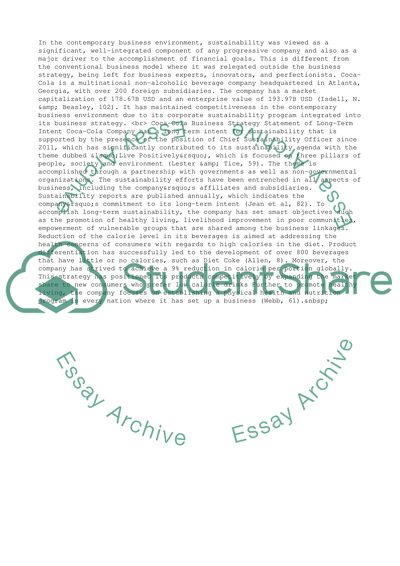Cite this document
(“Critically Evaluate The Sustainability Strategy Of Coca-Cola Company Coursework”, n.d.)
Retrieved from https://studentshare.org/business/1496105-critically-evaluate-the-sustainability-strategy-of
Retrieved from https://studentshare.org/business/1496105-critically-evaluate-the-sustainability-strategy-of
(Critically Evaluate The Sustainability Strategy Of Coca-Cola Company Coursework)
https://studentshare.org/business/1496105-critically-evaluate-the-sustainability-strategy-of.
https://studentshare.org/business/1496105-critically-evaluate-the-sustainability-strategy-of.
“Critically Evaluate The Sustainability Strategy Of Coca-Cola Company Coursework”, n.d. https://studentshare.org/business/1496105-critically-evaluate-the-sustainability-strategy-of.


